
Reflections on COP29: Agri-food on the agenda?
The 29th annual United Nations climate conference, COP29, recently concluded after two weeks of heated debates between global leaders in Baku, Azerbaijan. But what exactly is COP and why does it matter?

The 29th annual United Nations climate conference, COP29, recently concluded after two weeks of heated debates between global leaders in Baku, Azerbaijan. But what exactly is COP and why does it matter?
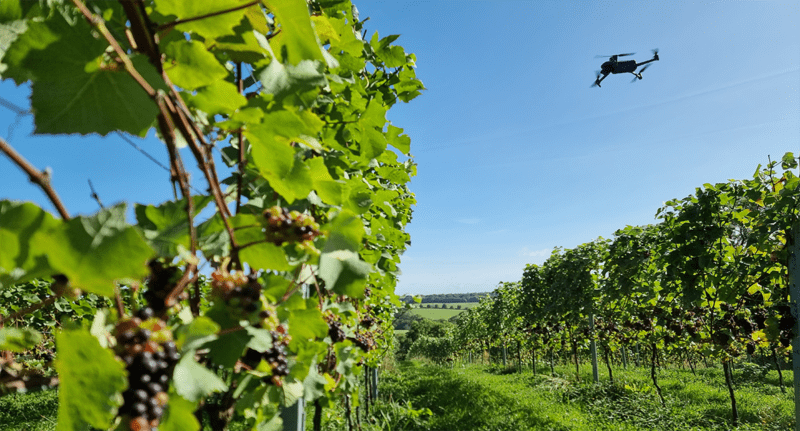
The UK Agri-Tech Centre recently attended the Vineyard & Winery Show at the Kent County Showground, an unmissable event for anyone working in viticulture in the UK and abroad.

A project using innovative, cost-effective technology to improve the health and welfare of laying hens while increasing productivity, efficiency and industry resilience has begun, thanks to grant funding from Innovate UK.
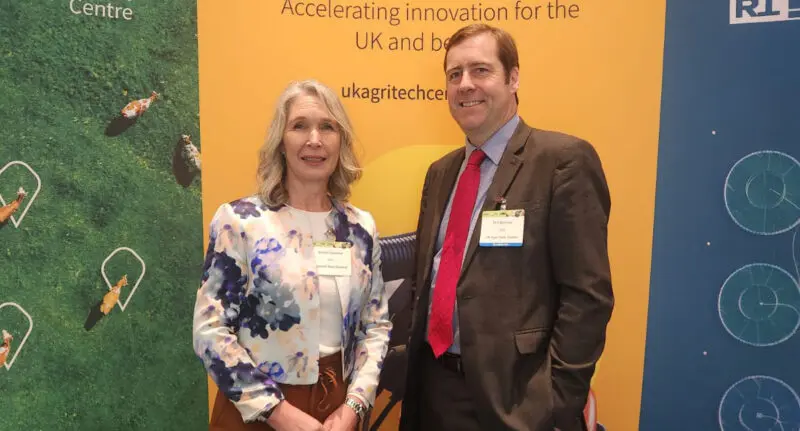
The UK Agri-Tech Centre is delighted to announce the formal signing of a Memorandum of Understanding (MOU) with AgriTechNZ, which will help support bi-directional pathways for innovators between New Zealand and the UK in the agricultural industry.
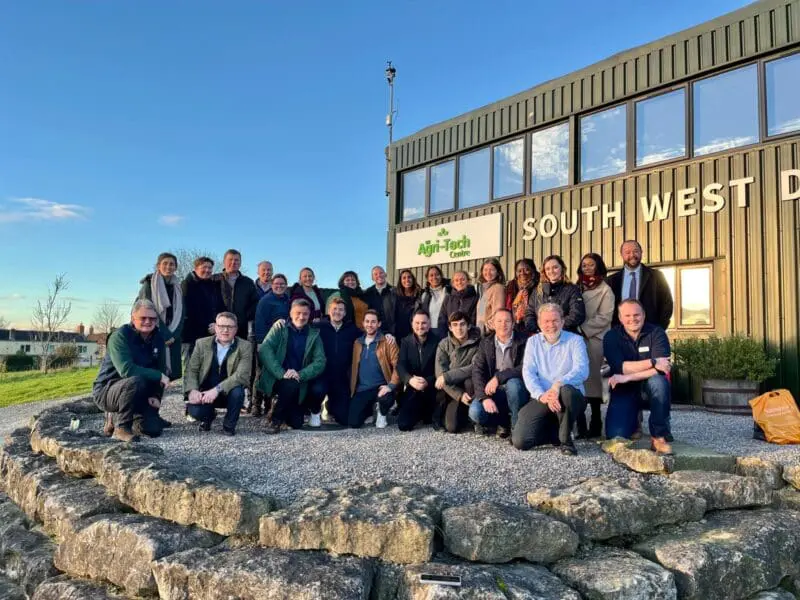
On November 21, the UK Agri-Tech Centre hosted a delegation from the Department for Environment, Food, and Rural Affairs (DEFRA), including the UK’s agri-food attachés operating in 16 international markets. Representatives from Innovate UK and the Department for Business and Trade (DBT) also participated in the visit.

Antimicrobial resistance (AMR) occurs when bacteria, viruses, fungi and parasites adapt to become resistant to the medicines designed to combat them.
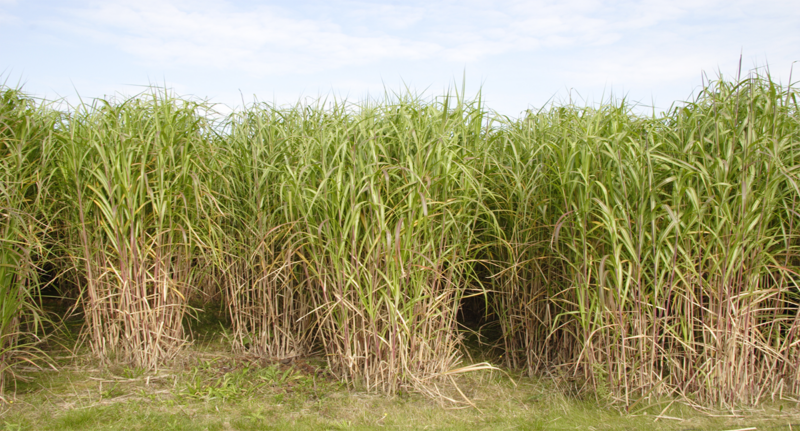
This article highlights the positive impact Miscanthus can have on the biodiversity of UK landscapes, providing insight into the latest evidence-based research and the important role of the OMENZ project in supporting its cultivation.

Apple scab, a fungal disease that can devastate apple crops, has long been a challenge to British fruit growers. Traditional methods of control have relied on plant protection products (PPPs), but with stricter regulations phasing out these chemical treatments, growers are facing a serious challenge. The UK Agri-Tech Centre, together with Kent’s Rumwood Green Farm and Landseer Ltd., has been testing a new approach that combines biostimulants with cutting-edge hyperspectral imaging to spot disease before it spreads. The project, Apple Orchard Health: Evaluating Hyperspectral Imagery for Disease Detection and Biostimulant Efficacy, is funded by the Department for Environment, Food and Rural Affairs (DEFRA) and UKRI Transforming Food Production Challenge. Phasing out traditional PPPs PPPs have been central to fighting apple scab in the UK, yet growers are still seeing crop losses of 10-12% even with these protections in place. If PPPs were fully withdrawn, experts predict losses could reach up to 70-80%, posing a huge threat to apple production in the UK. A promising solution may lie in biostimulants, natural substances that enhance a plant’s own defences. When timed correctly, biostimulants can boost resilience, preventing disease rather than simply treating it. Biostimulants serve as preventative measures rather than curative, necessitating timely application before visible disease symptoms emerge. The project aim was to address the challenge of evaluating the effectiveness of biostimulants and timing their usage, by utilising advanced technologies such as hyperspectral cameras and drones. The role of hyperspectral sensors Hyperspectral sensors can capture a broad range of light frequencies, revealing unique “spectral fingerprints” for each material or disease that would be invisible to the human eye. For apple scab, this technology could help detect signs of infection at the earliest stages, long before symptoms are visible on the surface. This method can serve as an early warning system, helping prevent disease spread, enhancing crop yield and operational efficiency and reducing reliance on traditional PPPs. Eliot Dixon, Head of Robotics and AI at the UK Agri-Tech Centre, said: “This was a fast-paced proof of concept project designed to provide evidence for both the efficacy of biostimulant in apple scab control, but also in spectral imaging as a method for detecting apple scab. For the UK Agri-Tech Centre, this project highlights how our spectral imaging capabilities can be used in product development for both remote sensing and plant protection products. We are very pleased to have successfully shown how lab-based spectral imaging can be successfully transferred to a commercial farm.” Field trials Michael Parker, Coldstore and Compliance Manager at Rumwood Green Farm, spoke about the challenges of bringing this technology out of the lab and into the orchard: “This trial has been very challenging to reproduce results in the field similar to previous in-lab testing of detecting early signs of scab using specific wavelengths. Despite the challenges, we are a step closer towards early scab detection using the hyperspectral camera. The positive results shown of the biostimulant used will hopefully encourage more growers to use biostimulants as part of their scab control, not only relying on conventional pesticide programs.” While replicating lab conditions in an open field can be challenging, this trial yielded promising results. Not only did it demonstrate the potential for hyperspectral imaging to detect early-stage scab, but it also validated the role of biostimulants in an integrated pest management system. This could lead to fewer chemical applications, healthier crops and a more sustainable approach to disease control. The future of apple orchard health Looking ahead, the project aims to develop an affordable, user-friendly hyperspectral camera for growers. Such a device could function as an “early warning system” for apple scab, allowing farmers to apply biostimulants at the perfect time, prevent disease spread, boost yields and reduce reliance on traditional PPPs. Stephen Tully, Director at Landseer, highlighted the need for this type of innovation. “With disease control becoming increasingly challenging due to changes in plant protection regulations and unpredictable weather, this project aimed to validate the efficacy of biostimulants to support their routine use and investigate the feasibility of an affordable early detection system for apple scab.” “This feasibility study has delivered encouraging results, demonstrating the effectiveness of biostimulants for integration into disease management programs and providing promising results for the development of an affordable early warning system for apple scab.” Landseer Ltd. will be showcasing their trial results at the National Fruit Show on 6 November at the Kent Showground. For those interested in the latest in disease detection and sustainable agriculture, be sure to visit them at stand M77 to see the future of crop protection firsthand. If you are interested in learning about Apple Scab, or the Apple Orchard Health project. Get in touch via info@ukagritechcentre.com

Aimed at enhance food production, renewable energy optimisation and climate resilience in Ethiopia’s remote regions, the project aligns with the government’s agenda to mitigate agricultural sector challenges.
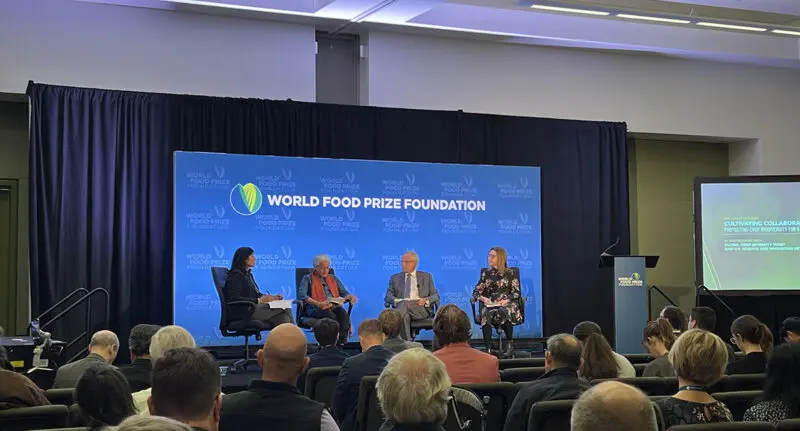
Dr Ruth Bastow, Innovation Director had the honour of representing the UK Agri-Tech Centre at the Norman E. Borlaug Dialogue and World Food Prize in Iowa.
We’re focused on all areas of crops, livestock and engineering and exploring new sectors within food, feed, fuel and fibres.
Join a diverse community from industry and science, committed to transforming UK food and farming. Doing better for businesses, the future of the agri-food sector and the planet.
We welcome all enquiries, fill in the form and we’ll be in touch.
© Copyright the UK Agri-Tech Centre Ltd. 2025